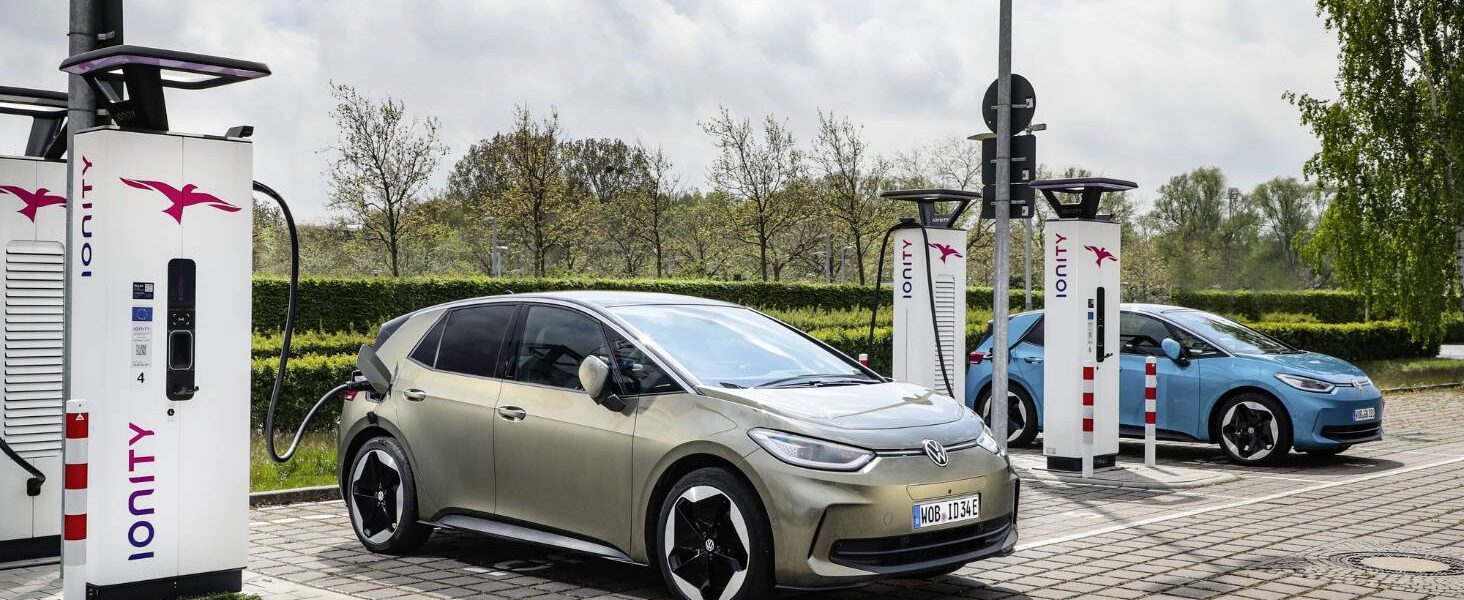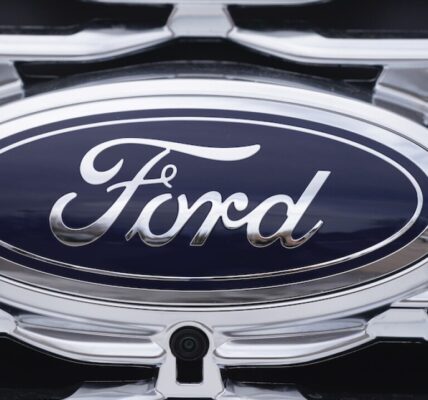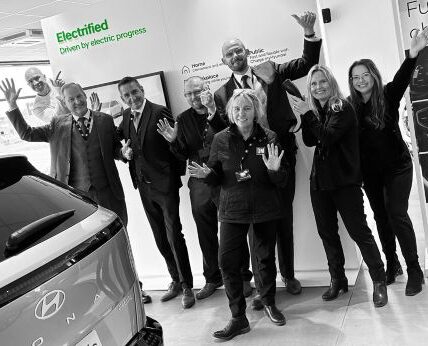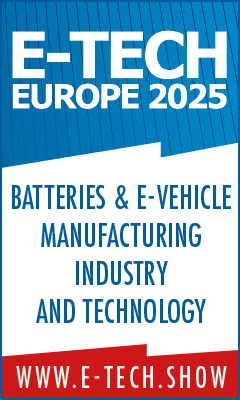With new brands from China completely reshaping the motoring landscape with their low-cost electric vehicles, is it possible that a left-field name from India could replicate these fortunes and ride the wave?
That’s certainly what Mahindra hopes to do, and the New Zealand market looks set to help.
Earlier this month, Stuff travelled to India with Mahindra to look at current and future products and to speak to Mahindra & Mahindra automotive sector president Veejay Nakraa and automotive technology and product development president R Velusamy.
Although much of the event was spent talking about Mahindra’s all-new XUV700 and Scorpio – a pair of internal combustion engine SUVs – there was just as much time spent discussing the gutsy brand’s electrification plans.
In India, the electric vehicle space is in its infancy. But the growth is there to see on the ground. Mahindra’s leading current plug-in, the XUV400 EV, is a reasonably frequent sighting in locations like Mumbai. Arch rivals Tata have the current upper hand, with its Nexon and Tigor.
But, Tata’s grasp might not last long. Mahindra is on the verge of upscaling its electric fleet significantly. An electric Thar off-roader, XUV700 (called the XUV.e8), Scorpio, and Bolero are all in development, alongside the XUV.e9 SUV coupe, and the brand’s looming BE.05, BE.07, and BE.09 dedicated electric halo flagships. And, New Zealand is set to be one of the first cabs off the rank for potentially all of these models.
The head of Mahindra’s local distributor, Premium Distributors’ Limited’s Russell Burling, has indicated that our market has put its hand up for all of Mahindra’s upcoming plug-in models.
The Kiwi timeline for these releases is expected to kick off next year, with most expected to be released in some capacity by 2026. A huge number of models in a tight window of time.
Burling’s comments came after the brand’s automotive sector president Veejay Nakraa spoke about New Zealand’s role as a perfect starting point for Mahindra’s electric models. Our high percentage of EV uptake combined with our compact size and largely westernised population makes this country prime real estate for companies wanting to test EV products on a smaller scale before tackling larger markets.
There won’t be much toying around with hybrid middle-ground options, either.
Velusamy, Mahindra’s product development president, told us that the brand is set to skip over hybrid development and focus solely on existing pure combustion engines and pure electric – citing shrinking hybrid sales, growing EV sales worldwide, and the quirks of India’s tax system.
Those who most commonly associate Mahindra with tractors and relatively agricultural models like the outgoing Pik Up will be searching for the missing piece. After all, how can a carmaker best known for gruff, simple off-roaders and farming equipment directly jump to mainstream EV challenger?
The bulk of that question is answered by Mahindra’s enormous investment in production and development facilities at home and abroad. The brand opened its $100m 454-acre Mahindra SUV Proving Grounds (MSPT) site in Chennai opened in 2021, making an immediate impact on the quality of the aforementioned new Scorpio and XUV700.
In 2022 it opened a new design studio in the UK, the Mahindra Advanced Design Europe site, specifically to handle EV development. Its enormous Mahindra Research Valley campus, also in Chennai, will soon feature a new battery research and development lab, a battery testing facility is under construction at MSPT, and the brand is currently building a new from the ground up EV production factory at its Chakan Plant in Pune.
And you get the feeling that there’s much more in the works, too.
Another piece of the puzzle is Mahindra’s ties with Volkswagen.
The somewhat unlikely partnership has granted Mahindra access to VW’s ‘MEB’ architecture, which the Indian firm has used as a base for its ‘Inglo’ modular architecture – short for ‘India Global’. It’s this platform, with its more hardy ride height characteristics and rugged tuning, that will underpin all of Mahindra’s short to medium-term new EVs.
Whilst Mahindra has its own spin on Volkswagen’s platform, it will use the German brand’s battery cells and motors almost verbatim. Its Inglo structure can support batteries as big as Volkswagen’s 80kWh unit.
The XUV.e8 shapes up as one of the most interesting prospects in the Mahindra mix. By the time it arrives it will likely be able to cash in on the local familiarity of its XUV.700 blood brother. Three rows of seats and an 80kWh battery with an expected price of well under $80,000 would make it a compelling product.
The final piece of the puzzle comes in the form of foreign investment. Mahindra announced this month that its EV arm had scored a US$145m injection from Singaporean investment firm Temasek. This follows on from the US$250m Mahindra received from British International Investments in 2022.
Amongst the few question marks standing in the way of Mahindra becoming a household player in New Zealand, let alone further afield, is whether western customers are truly ready to accept an Indian carmaker as a mainstream contender.








